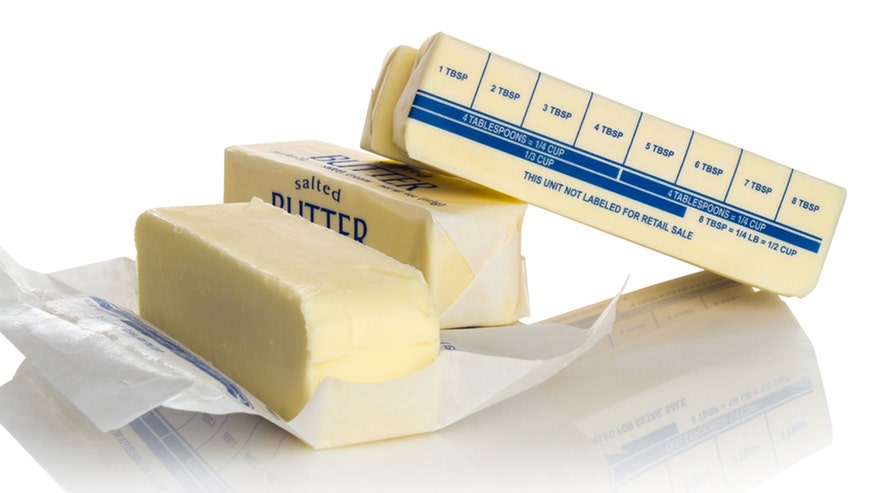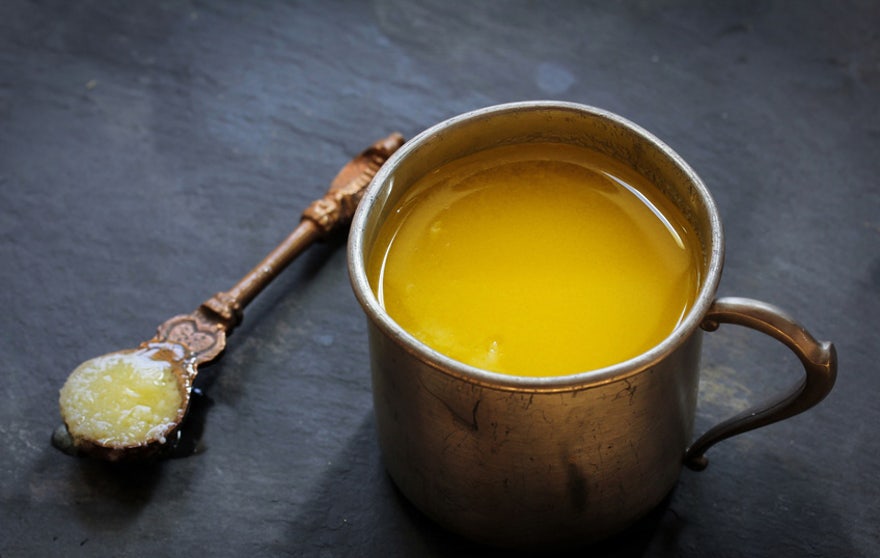
Not all butters created equal. (iStock)
When you’re baking, butter is perfect just how it is, whether creamed into cookies or rubbed into a perfectly flaky pie crust. But on the stove, it presents a bit more of a challenge.
Butter can’t take a lot of heat in a skillet, so when you, say, make pancakes, it can become smoky and acrid.
The problem is the proteins. Butter is made up of three main components: fat, water, and milk solids, which is where the proteins are found. When butter melts, the water evaporates, and the solids, having nowhere else to go, break down and burn. They don’t make up a huge proportion of the butterless than 5 percent, whereas about 80 percent of butter is fatbut they can still ruin a dish if not properly handled.
Humans, being resourceful, have innovated our way out of this problem with clarified butter and ghee. Certain locales prefer one over the other, but both are more or less pure fat, like any other cooking oil. And both allow butter to be used for higher-heat cooking, where it can impart a rich flavor rather than a burned onesay, in this roasted turkey or in this yellow dal.










![[Video] How to get rid of bed bugs in Toronto](https://www.thehowtozone.com/wp-content/uploads/2019/10/maxresdefault-2-100x70.jpg)


